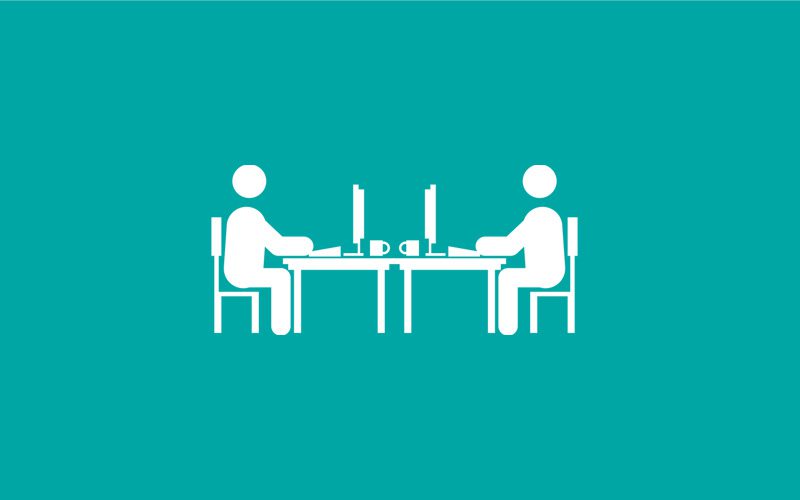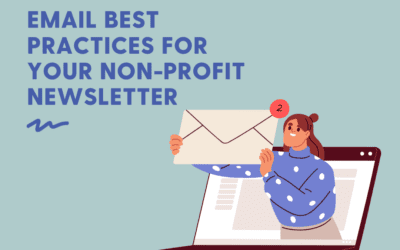At some point in the 1960s, the cubicle layout snuck its way into offices everywhere and it overstayed its welcome by a few decades. The modern response to office environments has been to knock down those walls and open up the workspace. It’s the best solution for encouraging teamwork and focused productivity, right? You also have enough space for bean bag chairs, pinball machines, and ping pong tables. Perfect…. right?
There are pros and cons to just about everything in life, and the open office vs. cubicle office is no different. At Kitestring, we’re fortunate to have an open space studio in a 100-year-old (and counting) renovated building. For local history buffs, it’s the old Tregunno Seeds building. We have ample natural light, a kitchen island, exposed beam work and lots of open space. Hardly something to complain about, but we’ve compiled some tips for living together in an open office environment.
Noise-cancelling headphones are your best friend and a worthy investment.


One of the best features of an open office is that it encourages communication among team members. If you’re easily distracted by sound, it’s the worst. We know from experience that when you’re distracted by conversation while in a state of concentration, it can take a while to get back into that deep focus. Noise-cancelling headphones prevent this problem, but they also provide a subtle visual cue to your team that you’re in focus mode. Headphones say that unless you’re offering up a free donut or fresh coffee, please wait until I’m out of my audio hibernation to tell me about that new Netflix show you watched last night.
Want some good music to help you focus? Check out brain.fm.
If you put left something out, put it back.
You could file this one under “being an aware human”, but with lots of shared common areas, it’s important to clean up after yourself. Leaving Tupperware on the kitchen table? Tea bags in the sink? Coffee grinds on the counter? Things can get messy quickly over the span of a busy workday. Try to build good habits of putting things away and cleaning up after yourself.
Our solution? Come up with a rotating cleaning schedule to share the cleaning duties among all team members.


Nerf guns. Nerf guns. Nerf guns.
Okay, so truth be told, we’ve never actually had a Nerf day in the office, but I’m hoping that by writing this into a blog post, the bosses will bring some in for us…


Having an alternative quiet space to work.
Much like tip #1, sometimes a busy workday can make it difficult to focus. Some days see more visitors than others, and sometimes the average caffeine levels are particularly high. You need to buckle down to meet a tight deadline. If possible, having a dedicated, quiet space is ideal.
We often use our boardroom for this (when it’s not in use). There are lots of creative examples that attempt to bring the good part of a cubicle back to the modern office. Even Jim had to leave the office from time to time to find a quiet place.


Bring treats to share, often.
If you’re going to survive in the open office, you’ll need to make some allies, fast. That’s why we firmly believe in bringing in office snacks (and lots of them) to share with the team. A box of Grandad’s Donuts can go a long way in building friendships at work.
It has become a tradition of our Kitestring culture to do “Slow Cooker Fridays”, where we all take turns cooking lunch for the team. It brings a much-welcomed family-style lunch at the end of a long work week.






